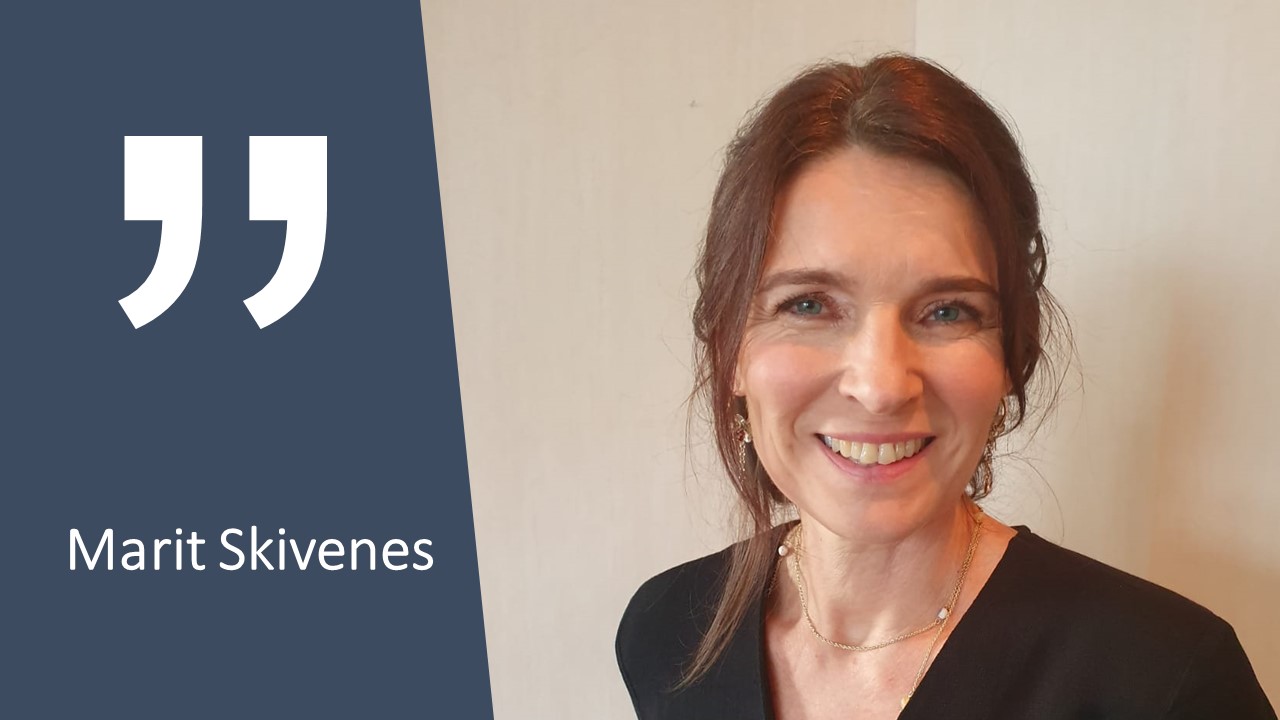BLOG: Mind the gap!
Norway is again found guilty of violating the Convention on human rights by restricting contact between parents and child in a child protection case (see case of K.O. and V.M. v. Norway, Nov. 19, 2019, Application no. 64808/16).
A newborn baby was removed from her parents by a care order decided first by the County Board for Social Welfare and thereafter by the District Court. The placement in foster care was considered to be long-term, and thus the purpose of the contact between parents and the child was to get to know each other.
The District Court concluded that it was not in the child´s best interests to have extensive contact with the parents. The contact was set to two hours, six times a year, with the opportunity for the child protection authorities to increase the contact if deemed in the interest of the child.
Systemic error or exception?
The question for the Norwegian government is now how to proceed from here. Clearly, this depends on what is actually going on in the Norwegian child protection system and if practice is systematically flawed or if the case of K.O. and V.M is an exception. The former requires an overhaul of the system, the latter probably better mechanisms for detecting individual mistakes and bad decision making.
To know how to proceed, we need to know the practice in care order cases. Empirical knowledge about the contact situation in the child protection system is essential to understand how to handle the critique. The simple answer is however, that we do not know.
National Statistics does not provide an overview of contact frequencies between birth parents and children in the child protection system. Nor for contact the child may have with siblings and extended family for that matter.
This blind spot is discouraging and may indicate that the government does not recognize the importance of contact for children in the child protection system.
Two relevant studies
In the meantime, I know of two studies that can provide some information. First, psychologist Torill Havik, published a report in 2007 about a large number of foster parents experiences, and herein contact between children and birth parents was mapped.
The study shows that 42% of mothers and 26% of father´s had monthly or biweekly contact sessions with their children. Children placed at young age had fewer contact sessions than children placed when they were older (see Havik 2007).
The second is a study of all adoptions from care cases decided by the County Board in the period 2011-2016 (Helland & Skivenes 2019), where contact at the time of the care order decision was mapped. Although, this is the most comprehensive material to date on decision making in the country boards, it is not a good measure of contact session as children in adoption cases are long-term placed, and a reunification is not considered possible.
Nevertheless, the study shows what contact arrangement that was planned at the time for the care order, and display huge variation for the 302 children involved. Some children were set up for contact every second week, and others once a year. About half of the children should have contact with parents between three to six times a year, and the median is four times a year (i.e. most often occurring).
Recommendation to the authorities
These two studies show discrepancies in terms of learning about frequencies and the normal distribution of contact between parents and children in child protection cases. In addition, the first study is dated and the second study is about adoption from care cases.
It seems clear that we do not know what is going on in the Norwegian system, and an obvious recommendation to Norwegian authorities is to start mapping what is going on!
If the government do not have information about contact patterns, including reasons for why contact frequency is as it is, what the impact is for children are; what children wishes are, it can hardly make any qualified response to the European Court of Human Rights conclusion about violation of parents and child´s right to contact.
*In our case material for the ERC research project (unpublished data), we have all County Social Welfare Board decisions for newborns that were decided in 2016. A total of 76 cases. This is only a small proportion of all care order decisions made in Norway in 2016, and it is what we may describe as an “extreme sample” because these are the children that were considered to be at such a high risk situation that they were removed from their parents as newborns (the baby is 0-30 days) followed by a care order case for the County Board to decide upon. Examining all the care order decisions, and identifying the frequency of contact that between the baby and the birth parents set as a minimum by the County Board, the results show the following:
- In 34% of the cases contact is set to 2-3 visits per year
- In 28% of the cases contact is set to 4-5 visits per year
- In 29% of the cases contact is set to 6-7 visits per year
- In 4% of the cases contact is set to every 4-6 weeks
Each visit is set for about 1-3 hours.*
Section in asterisk added January 7th, 2020
References:
- CASE OF O. AND V.M. v. NORWAY(Application no. 64808/16). ECtHR, Hudoc.
- Havik, T. (2007) Slik fosterforeldre ser det – II. Resultat fra en kartleggingsstudie i 2005. Bergen: BVUS- V. Tilgjengelig fra: https://www.bufdir.no/bibliotek/Dokumentside/?docId=BUF00000900(opened 9 januar 2019).
- Helland, H.S., Skivenes, M. (2019) Adopsjonssakene som avgjøres i fylkesnemndene.Adopsjon som barneverntiltak. Bergen: Centre for Research on Discretion and Paternalism.

